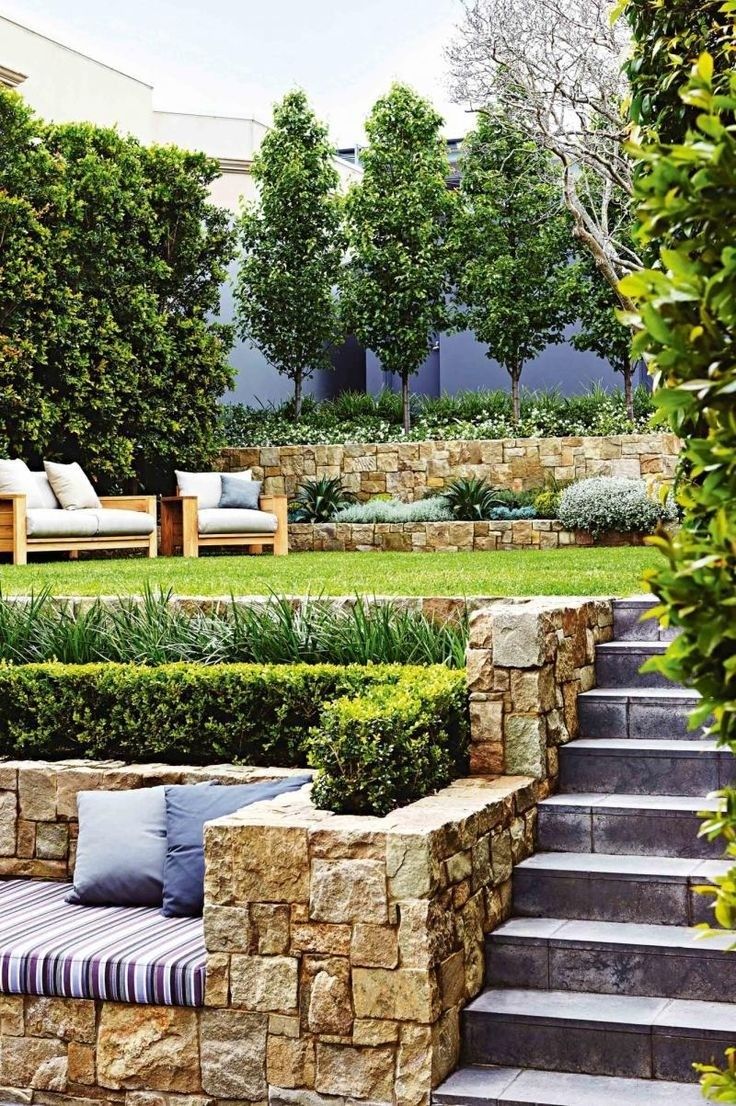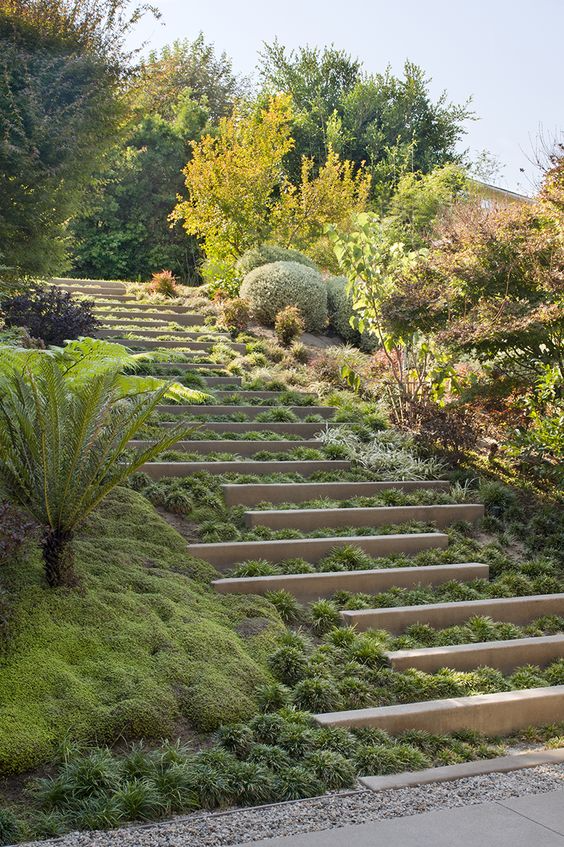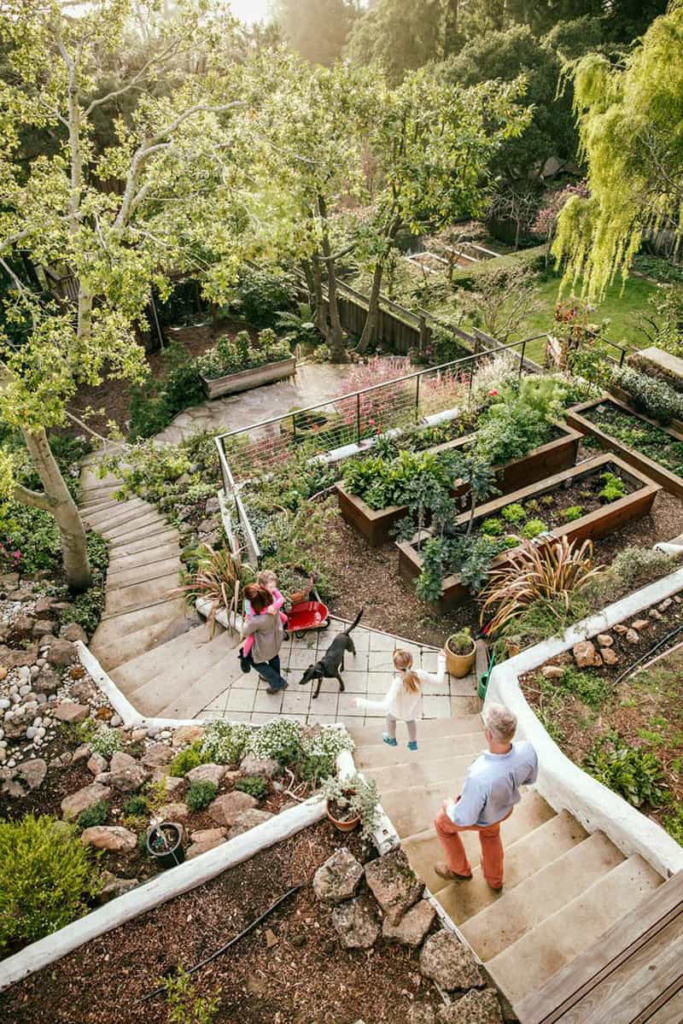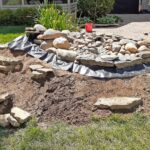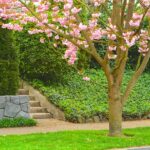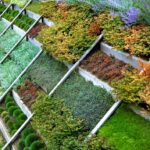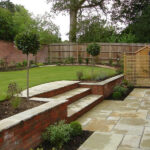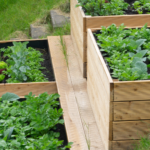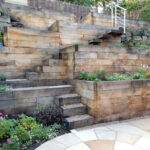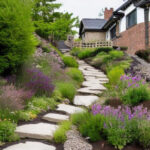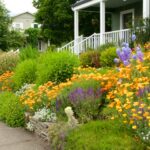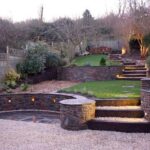Gardening on a slope can present some unique challenges, but with careful planning and design, it can also create a beautiful and functional outdoor space. One of the most important considerations when designing a garden on a slope is erosion control. Without proper measures in place, soil can easily wash away during heavy rainfall, leaving the plants vulnerable and the landscape uneven. To prevent erosion, consider terracing the slope with retaining walls or using plants with extensive root systems to help anchor the soil.
In addition to erosion control, it is also important to consider drainage when designing a garden on a slope. Water tends to run downhill, so it is essential to create pathways or channels that will direct water away from vulnerable areas. Installing swales or using permeable materials such as gravel or mulch can help to manage water flow and prevent erosion. Choosing plants that are well-suited to the slope’s drainage conditions is also crucial for a successful garden design.
Another key aspect of designing a garden on a slope is maximizing the use of vertical space. Rather than trying to create a traditional flat garden, consider embracing the slope by using it to create different levels or terraces. This not only adds visual interest to the landscape but also allows for a variety of plants to be grown in different microclimates. Planting taller plants at the top of the slope and shorter plants at the bottom can help to create a sense of unity and cohesion in the garden design.
When selecting plants for a garden on a slope, it is important to choose species that are tolerant of the conditions present on the slope. Plants that have deep root systems, such as grasses or perennials, are ideal for anchoring the soil and preventing erosion. Additionally, selecting plants with a variety of heights, textures, and colors can help to create a visually appealing and dynamic landscape. Consider grouping plants with similar light and water requirements together to make maintenance easier and ensure the long-term health of the garden.
Incorporating hardscaping elements, such as pathways, stairs, or seating areas, can also enhance the design of a garden on a slope. These elements not only add structure and functionality to the landscape but also provide opportunities for creative expression. Using materials that complement the natural surroundings, such as stone or wood, can help to create a cohesive look that blends seamlessly with the existing landscape. By carefully planning the placement and design of hardscaping elements, you can create a garden that is both functional and aesthetically pleasing on a slope.
